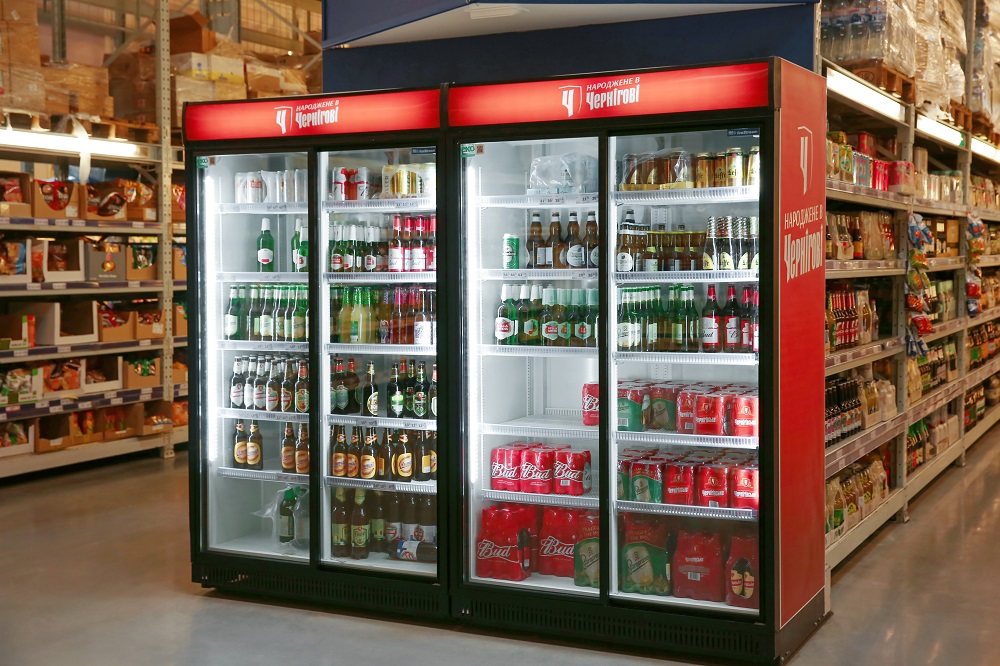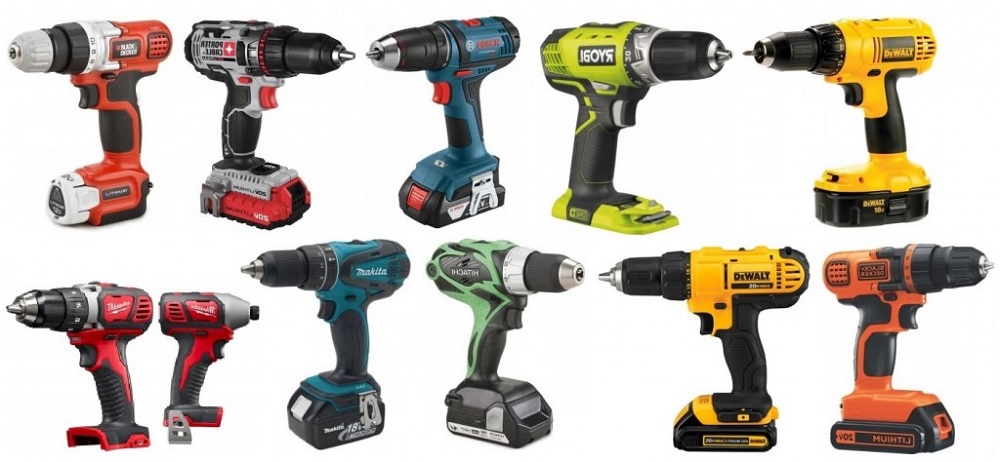“Fair trade” is one of those buzzwords within the commercial market that is often thrown around without much explanation, and consumers often find themselves confused about what the term actually signifies about a product or its origins. Some companies even apply the term to their products in misleading ways, such that their commodities do not necessarily meet the requirements of truly earning the “fair trade” label – which, of course, serves to further confuse consumers. However, fair trade products are gaining popularity as fair trade advocacy groups encourage today’s consumers to invest in not just quality products, but the quality of life for laborers around the world.
Fair Trade 101: The Basic Principles Behind Making Ethical Purchases
Many of the products that we use everyday are produced in countries abroad where working conditions, employment legislation, and trade practices are not necessarily the same as what is mandated within the US. In order to provide lower prices to encourage new buyers to scoop up their resources, many entrepreneurs severely underpay their workers, or are otherwise abusive in their employment management practices. In fact, many countries have very little policy that prevents the exploitation of the laborers who produce or harvest the ingredients we depend upon in the Western world. Many of these products are the basics that we use everyday – such as sugar, salt, and coffee.
However, when pinching pennies and cutting costs, many consumers are not willing to pay extra for products of similar quality simply because the working conditions of their producers was regulated as ethical. These behaviors help to perpetuate a dysfunctional international production system, where principles of supply and demand are of a primary concern, and the ethical treatment of workers is disregarded in order for companies to turn a higher profit. By purchasing products from companies who can document fair and healthy treatment of their laborers, however, it forces the companies that do not employ fair trade practices to change their treatment of their employees.
The History of the Fair Trade Movement
The idea of paying extra for goods that have been produced by well-treated workers started in the mid-20th century, when humanitarian groups started to develop Alternative Trade Organizations in order to alleviate poverty in developing countries. In the 1960s, an organization in the Netherlands suggested that a labelling system for tracking the quality of worker treatment – what we know today as “fair trade.” Now there are labeling organizations that monitor the widespread trade items and the companies that produce them. Certification from the Fair Trade Certified label, or Fairtrade International, requires that companies adhere to strict standards when applying for the right to write “fair trade” on their products.
Supporting the Fairtrade Movement: Every Purchase Counts
When you purchase items that have been produced abroad – especially kitchen staple ingredients – it is important to look for a fair trade approval label.Finding fair trade products does not have to be difficult, but it requires a bit of research and commitment. For example, every coffee you purchase while on-the-go could be made with beans that were not harvested in compliance with fair trade policies. Nevertheless, purchasing fairtrade coffee doesn’t even have to be difficult or extremely expensive – you can even buy your ethically-traded java from a vending machine. It might mean paying a higher price for the product, but imagine that this extra cost trickles down to the laborer who is able to live a healthier and more stable lifestyle because of fair treatment at his or her workplace. Knowing that your strategic purchases can help to support ethical working conditions worldwide, it is easier to part with the extra dollar or two to support a great cause.






